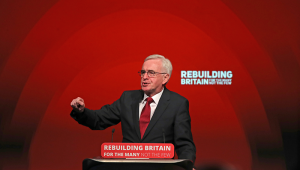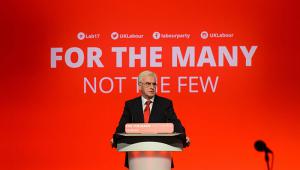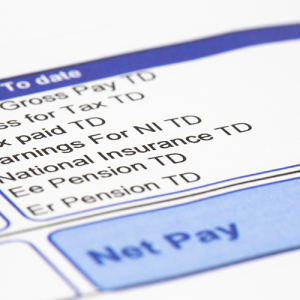The most important story in this year’s Budget is the downward revision of both productivity and GDP growth.
In March, the Office of Budget Responsibility expected growth in productivity per hour to come in at 1.6% in 2017 and by at least 1.5% in the years thereafter.
Now, they do not expect productivity to have increased at all this year, and to grow by an average of only 1.14% a year up to 2022.
GDP growth forecasts are similarly cut, falling by 0.5% on March’s prediction to 1.5% this year, followed by an average of 1.42% up to 2022.
This is the first time in modern history that expected growth is less than 2% in each year of the forecast horizon.
Strikingly, this comes at a time when the European and wider global economies are growing. There are no ‘headwinds’ here.
The markets reacted with little surprise to this bad news, with the FTSE 100 rising by 0.1% and the pound up by half a cent on the dollar.
This is because they have known for a long time what the chancellor does not (or cannot) care to admit – that there is something deeply amiss with the British economy.
As the IPPR Commission on Economic Justice has shown, the UK’s structural problems go back a quarter of a century or more.
They include weak productivity and investment, a huge trade deficit, a precarious labour market and large geographical inequalities. Without an adequate response, these problems will continue to grow.
The new economic outlook makes it increasingly clear that Osborne’s austerity policies have locked in the damage wrought on the economy by the financial crisis.
The OBR’s projections are remarkable. Productivity is set to experience the worst decade of stagnation since the early 1800s, when Europe slipped into economic depression in the aftermath of the Napoleonic wars.
As a result a similar story is forecast for real average earnings, which over the last decade have grown at their slowest rate since the mid-1800s.
This trend is set to continue, with forecasts expecting average earnings to remain below 2008 levels in 2021.
Overall, lower GDP growth means that, per person, the economy will be 3.5% smaller in 2021 than forecast just over a year ago – that’s a loss of £65 billion by 2021.
In December 2016, the Governor of the Bank of England remarked that the UK was experiencing its “first lost decade since the 1860s”; one year later, it is set for another.
In his Evening Standard editorial on the day of the Budget, the current chancellor’s predecessor George Osborne remarked that the Budget was the result of two events outside of the chancellor’s control: the disruption and uncertainty inherent in Brexit, and the constraining effect of the government losing its majority.
He would be wise to add a third.
The new economic outlook makes it increasingly clear that Osborne’s austerity policies have locked in the damage wrought on the economy by the financial crisis. Our trajectory is now one typified by lower growth and productivity.
The OBR’s admission of this is a big moment; one may well ask why they did not recognise this earlier.
It need not have been this way. In a world of ultra-low interest rates, the most powerful tool in a chancellor’s arsenal is public investment.
Between 2010 and 2011, during the nascent recovery from the worst economic crisis since the Great Depression, Osborne made large cuts in public investment, originally announcing a 30% decrease between 2010 and 2014. It is now set to rise, from 2% of GDP in 2017/18 to 2.3% in 2022/23.
As Simon Wren-Lewis, an Oxford University economist, has pointed out, this would only bring it back in line with pre-2008 investment levels, before the crash so damaged the economy and borrowing costs were much higher.
With governments now able to borrow at negative real interest rates, the case for higher public investment today is almost unanswerable.
Yet the small increases announced by the chancellor are to be accompanied by further austerity cuts in current spending over the next five years.
What’s more, Mr Hammond demeans his office by claiming that the last Labour government caused the recession that came in the wake of a global financial crisis.
Pressingly, the UK economy finds itself in a poor state at the exact moment when the country is seeking to leave its own trading bloc.
Brexit is a factor in the forecasts, in the sense that uncertainty has already hit growth and inflation is higher due to the devaluation of the pound.
But, in the main, the OBR has assumed no impact from Brexit because it simply does not know what form it will take. With the scale of the challenge becoming clearer by the day, the forecasts may yet get worse.
When the scale of the UK’s structural problems is understood, it becomes clear that tinkering around the margins of economic policy is not an adequate approach.
It will not address the inherited failures of the past and leaves us impotent to address Brexit and the other major challenges we face in the future.
Instead, we need a new economic model fit for the 21st century. This is what we are seeking to develop on the IPPR Commission on Economic Justice.
Just at the time when it is clear we cannot afford them, the chancellor delivered a budget constrained by the tired orthodoxies of the past.
They will no longer do.





















